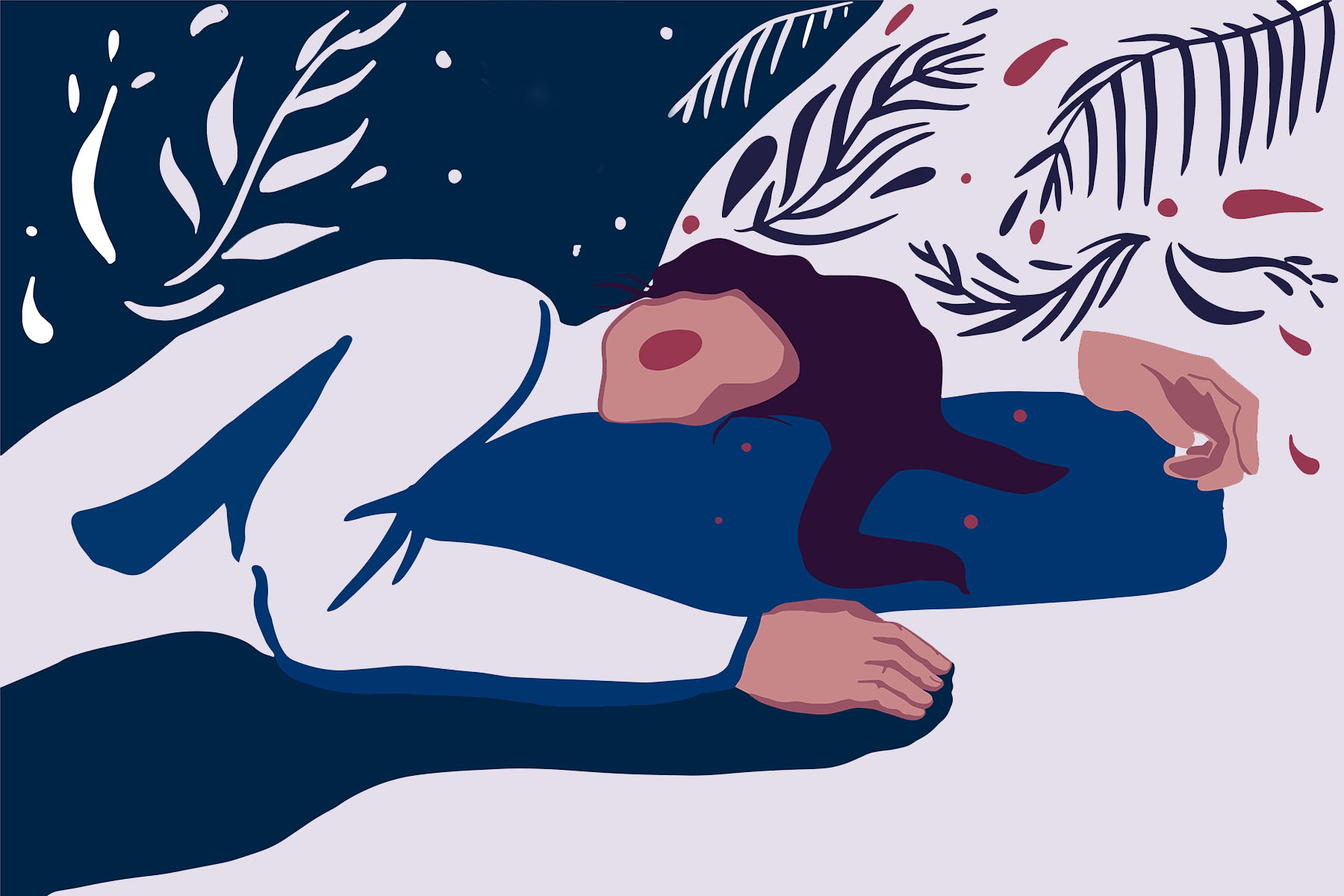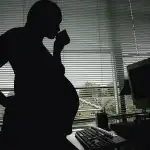Your trusted source for contextualizing the news. Sign up for our daily newsletter.
A new report from the Population Reference Bureau (PRB) has found that while Millennial women are securing better educational and economic outcomes compared to previous generations, they are also facing greater adverse health outcomes and mortality rates.
PRB’s “Losing More Ground: Revisiting Young Women’s Wellness Across Generations” presents an updated analysis on the well-being of women ages 25 to 34 to understand how this generation’s health and safety compare to that of older Millennials, Gen X, Baby Boom and Silent Generation women. The report, last produced in 2017, has found that in the past five years, younger Millennial women — those born between 1989 and 1999, as defined by the report’s authors — are faring worse than women of previous generations. Furthermore, they are also facing many steep declines in outcomes, a drop that began in just the last past half decade.
First, the good news: Nearly 44 percent of younger Millennial women are completing a college education, securing at least a bachelor’s degree — a significant jump from the 28 percent of Gen X women who completed a bachelor’s degree. Younger Millennials are also closing the gender wage gap at greater rates than their Gen X counterparts did: These women now earn 89.7 cents per dollar relative to men’s wages, compared to the 82.4 cents per dollars relative to men’s wages earned by Gen X, a group that the researchers defined as those born between 1965 and 1980. And women’s incarceration rates have declined for the first time in more than 50 years — with just under 70 women in prison per 100,000 during the 2019-2021 periods, compared with 86 per 100,000 in 1999-2001, when Gen X women were young adults.
But despite these gains, younger Millennial women are facing increased risks to their health that are proving to be fatal too often.
Suicide rates among young women ages 25 to 34 have nearly doubled compared to what was experienced by Gen X. Young women today are experiencing suicide at a rate of 7 deaths per 100,000 Millennial women. That rate was 4.4 deaths per 100,0000 Gen X women when women of that generation were the same age. Racial disparities in this number are notable, with suicide rates for young White women declining, while steeply rising among young women of color. Native American and Alaska Native young women face the highest rates of suicide, three times that of their White peers.
Likewise, younger Millennial women are also facing higher homicide rates relative to those faced by Gen X at the same ages, reversing a trend of generational improvement seen in PRB’s 2017 analysis. Like with the suicide rates, the increase in the homicide rate is particularly stark for young women of color: Millennial Black women experience homicide at a rate of 14 deaths per every 100,000 young women, a 60 percent increase relative to same-age Gen X Black women.
The maternal mortality rate is also surging for young Millennial women ages 25 to 34: Where young women experienced maternal mortality at a rate of 19.2 deaths per every 100,000 lives, births between 2013 and 2015, that number was 30.4 deaths per every 100,000 live births in 2019-2021.
Sara Srygley, a research analyst with PRB, stressed that the data in the PRB report highlights the importance of intersectionality in both research and decision-making — as soberly underscored by the racial differences that exist among the change in the suicide rate among young women. Srygley pointed out that while White women’s suicide deaths were actually in decline from 2018-2021, suicide deaths for Black, Indigenous and Hispanic women all rose during the same period. “It is essential that we acknowledge the disproportionality in those trends,” she said.
As to why so many more young Millennial women are now dying in the United States — whether by homicide, suicide, or because of maternal mortality — Srygley said that some common threads run through these alarming statistics. She stressed that pregnant and recently pregnant people are more at risk for both homicide and suicide in addition to maternal mortality: Homicide is now the leading cause of death for pregnant and recently pregnant women, and self-harm accounts for 20 percent of all deaths among pregnant and recently pregnant women.“Because pregnant and recently pregnant women are already more at risk, the rolling back of protections for women’s reproductive health care — including access to abortion — may increase the risks for all of these causes of mortality in young women,” Srygley said.
Also contributing to this startling increase in risk of death is increased access to firearms.
“Increased access to firearms may also be a contributing factor to rising homicide and suicide rates among young women, as access to more lethal means increases the threat of intimate partner violence and suicide attempts,” Srygley said. “And woven throughout all of these issues, we can see the impact of structural inequalities, especially facing women of color.”
What the data analysis shows, Srygley shows, is that an intersectional lens and a commitment to zooming out on the intersections of gender and policy are key to understanding why younger Millennial women are faring so much worse in so many ways than older generations of women.
“What we are seeing here is that despite signs that young women today are putting in tremendous effort to improve their lives, gains in educational or economic pursuits are not necessarily going to keep them healthy or safe,” Srygley told The 19th. “We can’t point to any one factor that causes this gap between women’s efforts and their health and safety outcomes, but signs point to a combination of social, structural and policy-driven influences….Ease of access to firearms, the rolling back of protections for women’s reproductive health, impacts of the pandemic, structural inequality, and rising political divisiveness may be just a few pieces of the puzzle.”
Correction: Because of an editing error, an earlier version of this article misstated the cause of 20 percent of all deaths among pregnant and recently pregnant women. It is self-harm.







